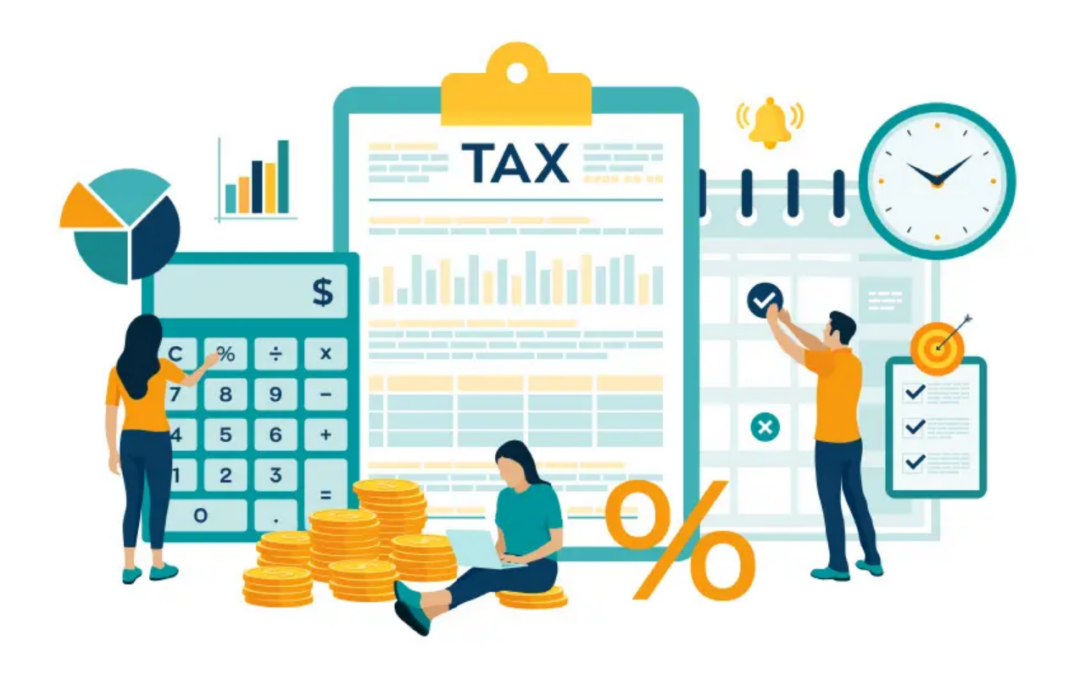Understanding Tax Credits
If you were dissatisfied with last year’s income tax bill, numerous options exist to minimize your 2023 tax burden before the filing date of April 15, 2024. You can apply for as many tax breaks and exemptions as feasible. Alternatively, you can determine whether you are eligible for a tax credit.
Tax credits minimize the income tax owed to the federal and state governments. Credits are generally intended to encourage or reward conduct deemed good to the economy, the environment, or any other government-designated goal. In other situations, credits cover expenses you paid during the year and have restrictions that must be met before you may claim them.
The federal and state governments may provide tax breaks to encourage specific behaviors that improve the economy, the environment, or anything else the government deems significant.
For example, a tax credit is available to homeowners who install solar panels for their homes. Other tax credits help cover child and dependent care, education, and adoption costs.
In a different way than tax deductions, which reduce your taxable income, tax credits do not depend on your marginal tax bracket. As a result, the value of a tax credit for a wealthy individual who pays a high marginal tax rate is the same as for someone who earns significantly less and pays a lower rate.
Tax deductions assist minimize your taxable income or the amount of money subject to taxes. You can deduct your IRA contributions, for example. When you deduct your IRA contributions, you will pay taxes on a lower sum rather than a $50,000 wage.
In comparison, tax credits are more challenging to obtain. They typically take the form of incentives encouraging specific actions or providing advantages to low-to-moderate-income individuals who meet specified criteria.
Types of Tax Credits
Nonrefundable Tax Credits
Nonrefundable tax credits are deducted immediately from an individual’s tax liability until the tax owed equals zero. Any sum more significant than the tax payable, which would typically result in a refund to the taxpayer, is not issued as a refund. As a result, the word “nonrefundable.” In effect, any leftover portion of a nonrefundable tax credit that cannot be used is lost.
Nonrefundable tax credits are only available for the year of reporting, expire after the return is submitted, and cannot be carried forward to subsequent years.
Refundable Tax Credits
The best tax credits are those that are refundable as they are fully paid. This implies that a taxpayer is eligible for the full credit even if they have no outstanding taxes, regardless of their income or tax status. Therefore, the taxpayer is entitled to a refund of that amount, for instance, if the refundable tax credit lowers the tax burden to less than $0. The Earned Income Tax Credit is one of the most popular refundable tax credits.
Partially Refundable Tax Credits
There are some tax credits that have a partial refund. The American Opportunity Tax Credit (AOTC) for postsecondary students is one illustration.
Suppose taxpayers reduce their tax liability to zero before deducting the entire $2,500 tax deduction. If so, the remaining amount may be refunded as a credit up to $1,000 or 40% of the remaining credit.
Tax Credit Changes
The government periodically adjusts tax credits. Some programs are extended or expire after a specific period. Some income thresholds fluctuate every year.
The Earned Income Tax Credit for the 2023 tax year is worth up to $7,430, and you can qualify with up to $63,398 in income. Your earned and adjusted gross income cannot exceed that amount to be eligible for the credit. Your income, number of children, and tax filing status will determine how and how much you qualify for.
Every year, tax credits assist Americans in lessening their tax burden. Whether you earn a credit for purchasing your first home or make energy-saving improvements, you might save hundreds or thousands of dollars. By conducting some study, you may discover several tax credits that you can use to help you reduce your tax bill for the current or next tax year.


Recent Comments